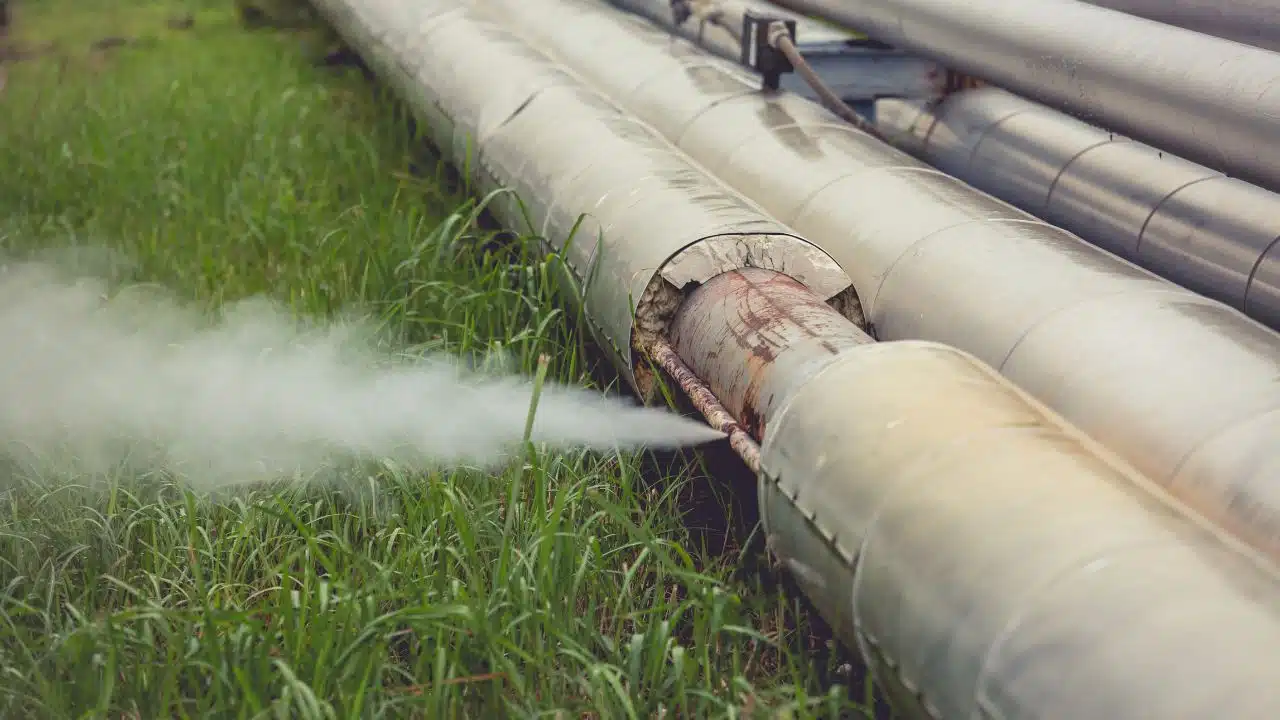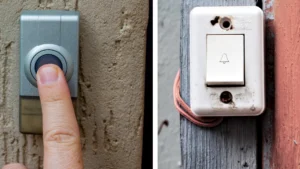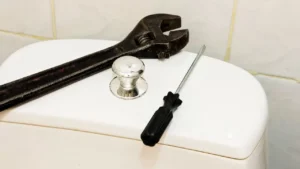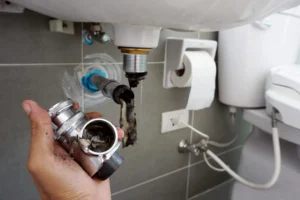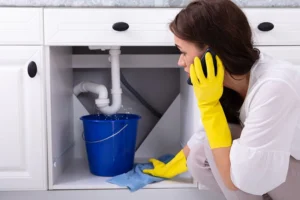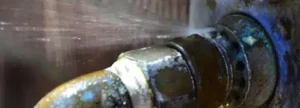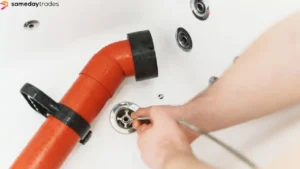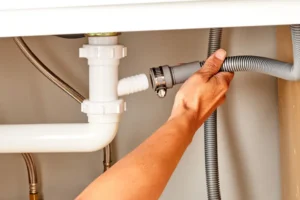Gas safety is essential to maintaining a secure and comfortable home. Even a small gas leak can pose health risks and increase the chance of property damage. That’s why understanding how to check your gas meter for leaks is an important skill for every homeowner.
Whether you’ve noticed a faint gas smell near your meter or heard a strange hissing noise, this guide will walk you through the common warning signs and how to respond. You’ll learn where to find your gas meter, what to look and listen for, and how to safely check for leaks—without any special tools or experience.
What Does a Gas Meter Look Like in Australia?
Gas meters in Australian homes are usually installed outside, often inside a protective gas meter box. A typical residential gas meter in Australia is a compact unit with pipes connected to it and a dial or digital display on the front. Some are grey or white, while others may be metal, depending on the gas provider.
If you’re not sure you’re looking at a gas meter, check for labeling such as “Gas,” “Natural Gas Meter,” or “Gasmeter.” You can also look for a meter reading dial or electronic display that tracks your gas usage.
Where Is My Gas Meter Located?
Most Australian gas meters are located in one of the following spots:
- On the side of the house, often near the front
- Near the mailbox or property boundary
- Inside a gas meter box mounted on an external wall
- In a shared cabinet (especially in apartment blocks)
If you’re still asking, “Where is my gas meter?” or “Where can I find the gas meter on my property?”—your gas provider can help you locate it.
Is It Normal to Smell Gas Near the Meter?
It’s not unusual to notice a faint gas smell near your meter just after an appliance shuts off or after recent maintenance. However, if the smell is strong, continuous, or seems to be getting worse, it could point to a gas leak at the meter.
Natural gas has no scent, but a chemical called mercaptan is added to give it that distinctive “rotten egg” smell. If you detect that smell near your gas meter and it doesn’t go away, it’s time to investigate.
Why Is My Gas Meter Making Noise?
Some meters make a gentle humming sound while in use, which is generally normal. But if your gas meter is hissing, whistling, or making loud or unusual noises, that’s something to take seriously.
Here’s what different sounds may mean:
- Hissing or whistling—could indicate leaking gas from the meter
- Clicking or popping—may point to a pressure issue
- Loud humming—might be a worn-out regulator
A noisy or outside gas meter making noise should always be checked by a professional.
Signs Your Gas Meter Is Leaking
Wondering how to know if you have a leaking gas meter? Here are common signs:
- Strong smell of gas near the meter that doesn’t go away
- Hissing or whistling sound
- Rust or corrosion on the pipes or connections
- Frost or condensation forming around the meter or fittings
- You fail a simple gas leak check.
These signs all suggest the possibility of a gas leak at the meter. Don’t ignore them.
How to Check for a Gas Leak (Step-by-Step)
Here’s how to perform a simple gas leak test at your meter.
1. Visual Inspection
Look at the gas meter, the pipes, and the connections. Is anything loose, rusty, or cracked? That’s a red flag.
2. Sniff Around the Meter
Move in slowly (don’t get too close) and smell for gas. If it smells like sulfur or rotten eggs, that’s a warning sign.
3. Use Soapy Water
Mix water with dish soap and spray it onto the pipe joints and fittings. If bubbles form, that usually means gas is escaping.
4. Listen for Sounds
A gas meter making a hissing noise or whistling sound is a strong indicator of a leak.
If you confirm a leak or have even a small doubt, turn off the gas and call your provider or a licensed gas fitter.
How to Tell If Gas Is On at the Meter
To see if the gas is on, find the valve next to the gas meter. If the valve handle is in line with the pipe, the gas is on. If it’s sideways (perpendicular), the gas is off.
Not sure? You can try to use a gas appliance like a stove—but only if you’re confident there’s no leak. Otherwise, don’t take chances.
How to Turn On a Gas Meter in Australia
If you need to turn on a gas meter in Australia, make sure there are no gas leaks first. Then, simply rotate the gas valve so it’s parallel to the pipe.
Only turn your gas meter back on if you’re absolutely certain the system is safe. If in doubt, contact a licensed technician.
What to Do If There’s a Gas Leak
If you suspect a leak:
- Don’t use matches, lighters, or anything that could spark.
- Don’t switch on or off any electrical devices.
- Open windows and doors.
- Turn off the gas at the meter if safe.
- Leave the area.
- Call emergency gas services or your provider.
Don’t wait it out or hope it goes away. Gas leak near meter? Call for help.
Gas Leak at the Meter—Who Pays?
In most cases, the gas company is responsible for any gas leak at the meter, since they own the meter itself. If the leak is on your side of the system (like inside the house), the cost will likely fall to you.
Still, don’t worry about that when safety is involved. Get the problem checked out first—costs can be sorted after.
Final Thoughts: Stay Alert, Stay Safe
A natural gas meter is built to be safe and reliable. But like any system, it can wear down over time. Strange smells, unusual noises, and visible damage are all signs you shouldn’t ignore.
Knowing how to find your gas meter, spot the signs of a leak, and take safe action can help you avoid larger issues down the road. When in doubt, contact a licensed professional.
Need help with a leaking gas meter?
Same Day Trades provides licensed gas fitters and emergency gas repairs across Adelaide, Perth and Brisbane. If your gas meter is hissing, leaking, or just smells off—don’t wait. Get in touch today.

